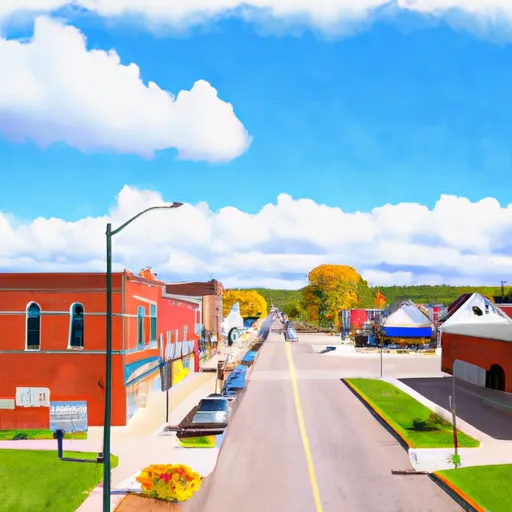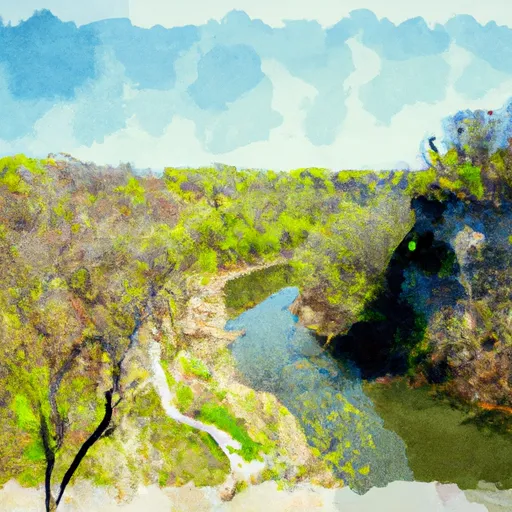°F
°F
mph
Windspeed
%
Humidity











Black-Earth is a small village located in Dane County, Wisconsin. The climate in Black-Earth is continental, with warm summers and cold winters. The village is situated along the Black Earth Creek, which is a popular spot for fishing, boating, and tubing during the summer months. The creek is also home to several species of fish, including trout and smallmouth bass. The hydrology constituents in the area include the Black Earth Creek watershed, which is managed by the Black Earth Creek Watershed Association. The village is surrounded by natural areas, including the Black Earth Rettenmund Prairie State Natural Area, which offers opportunities for hiking and bird watching. Other outdoor recreation activities in the area include camping, canoeing, and kayaking.
Weather Forecast
Black-Earth receives approximately 876mm of rain per year, with humidity levels near 81% and air temperatures averaging around 8°C. Black-Earth has a plant hardyness factor of 5, meaning plants and agriculture in this region thrive during a short period during spring and early summer. Most plants will die off during the colder winter months.
Regional Streamflow Levels
61
Cubic Feet Per Second
4,700
Cubic Feet Per Second
67
Cubic Feet Per Second
6,600
Cubic Feet Per Second
Nearby Camping
| Camping Area | Reservations | Toilets | Showers |
|---|---|---|---|
| Walkiah Bluff Water Park | |||
| Okatoma Water Park | |||
| Lake Mike Conner | |||
| Simpson County Lake | |||
| Lake Ross Barnett | |||
| Dry Creek Water Park |



